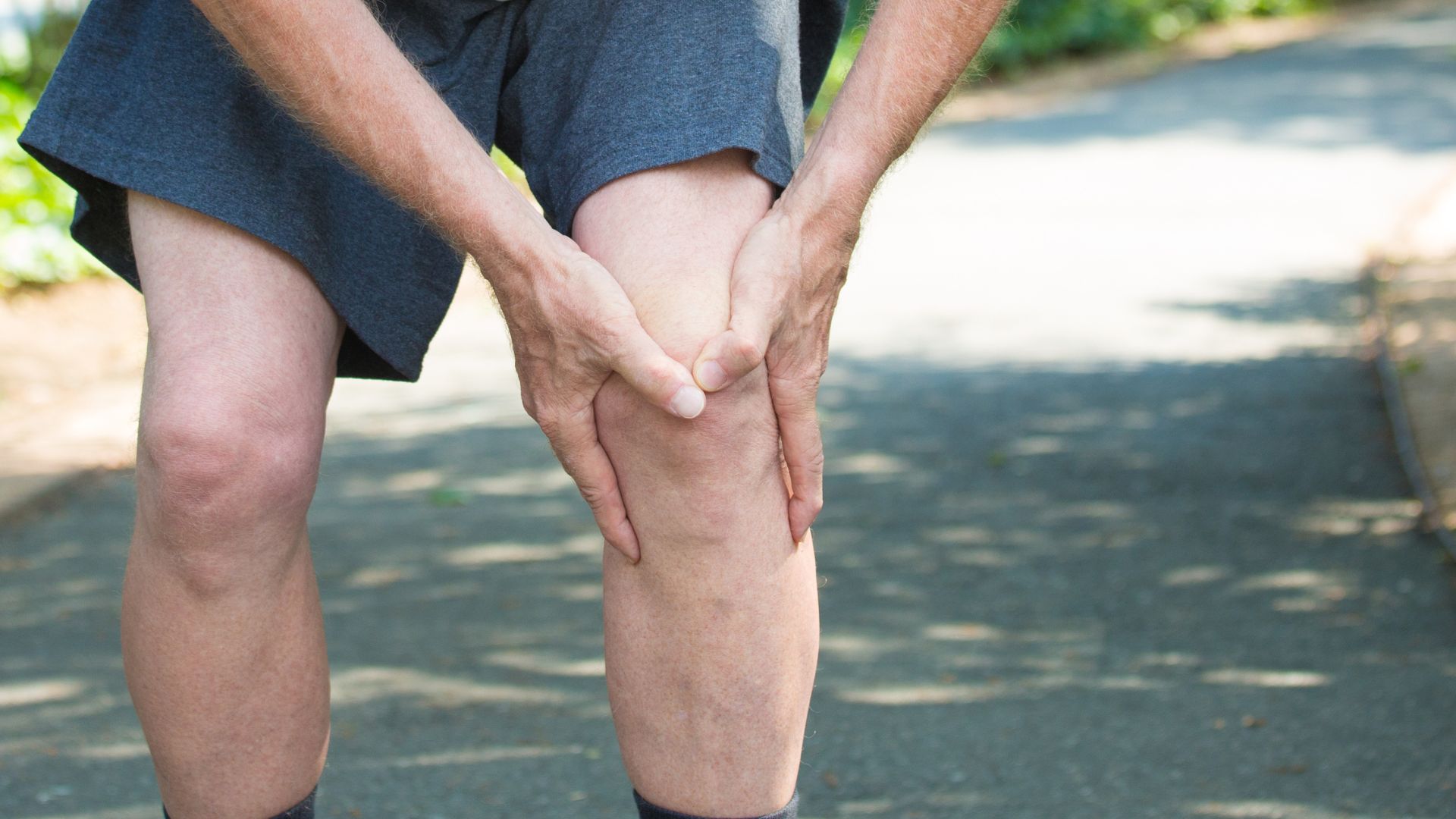As we age, keeping active becomes even more important—but it also gets more complicated. Many older adults face challenges like joint pain, arthritis, or reduced mobility, particularly in the knees. But here’s the good news: you don’t need to give up on movement to protect your joints. In fact, there are plenty of safe, gentle, knee-friendly exercises for seniors that can help you stay mobile, strong, and independent—without making your knees worse.
Why Exercise Matters—Even with Knee Pain
- Keep joints flexible and lubricated
- Strengthen the muscles around your knees
- Improve balance and reduce fall risk
- Boost circulation and reduce stiffness
- Support mental health and confidence
Getting Started: Safety First
- Consult your GP or physiotherapist
- Warm up gently
- Use support if needed
- Go at your own pace
- Stop if you feel sharp or increasing pain
10 Knee-Friendly Exercises for Seniors
- Seated Knee Extensions: Sit in a chair and extend one leg at a time. Strengthens quads. Start with 10 reps per leg.
- Standing Heel Raises: Rise onto your toes while holding a chair. Improves balance and strengthens calves. 2–3 sets of 10.
- Chair Marching: While seated, lift knees alternately. Good for hips and thighs. March for 30–60 seconds.
- Wall Slides (Modified): Slide down a wall slightly, then back up. Avoid deep bends.
- Side Leg Raises: Stand behind a chair and lift legs to the side. Great for hips and balance.
- Step Touch: Step side-to-side. Encourages coordination and low-impact cardio.
- Water Walking or Aqua Aerobics: Very low impact and joint-friendly.
- Tai Chi or Gentle Yoga: Improve flexibility, balance, and relaxation.
Read more about the benefits of Tai Chi for seniors in our full article here - Resistance Band Leg Press: Use a band while seated to press forward. Strengthens thighs.
- Walking: Flat surface walks are safe and natural exercise.
How Often Should You Exercise?
Older adults should aim for at least 150 minutes of moderate activity per week. Start with 10–15 minutes at a time and build up gradually.
When to Rest—and When to Keep Going
- Use a cold pack if swollen
- Rest sore joints
- Elevate legs if needed
- Do gentle stretching
More Ways to Stay Active Without Stressing Your Knees
In addition to structured exercises, you can incorporate gentle movement into your daily routine in small, natural ways. These low-effort activities still provide meaningful health benefits:
- Gardening: Light weeding or pruning from a seated position keeps you active and connected with nature.
- Stretching while watching TV: Gentle stretches during your favourite shows can improve flexibility over time.
- Stair stepping (one step at a time): If you’re able, taking stairs slowly can gently build leg strength.
- Dance in the kitchen: Put on a favourite song and move in place—fun and joint-friendly cardio!
- Mobility breaks: Every 30–60 minutes, stand up, stretch, or walk a short distance around your home.
Motivation Tips for Seniors Starting a New Routine
Starting an exercise habit later in life can feel intimidating, especially if you’ve had long periods of inactivity or are dealing with chronic pain. But it’s never too late. Try these encouragement strategies:
- Set tiny goals: Begin with five minutes a day and build up from there.
- Track your progress: Keep a small log of your exercises—you’ll be surprised at how far you’ve come.
- Find a movement buddy: Exercising with a friend makes it more social and keeps you accountable.
- Celebrate consistency over intensity: Doing something every day, even for a few minutes, is better than doing a lot once a week.
- Listen to your body: You know your body best—move in a way that feels good, not punishing.
Frequently Asked Questions
Is it safe to exercise with osteoarthritis in the knees?
Yes, gentle exercise is actually recommended for osteoarthritis. It strengthens supporting muscles and helps reduce joint stiffness. Avoid high-impact activities, and talk to your GP before starting.
Can exercise replace medication for knee pain?
Exercise complements medication—it doesn’t necessarily replace it. Regular movement can reduce pain levels and dependency over time, but should be done alongside professional advice.
What if I can’t get down to the floor?
That’s completely fine. Many effective exercises can be done from a chair or standing using light support. Focus on what you *can* do rather than what you can’t.
Final Thoughts
Staying active doesn’t mean pushing through pain. These knee-friendly exercises for seniors are designed to help you feel stronger and more confident—without harming your joints. Start slowly, stay consistent, and celebrate every improvement you feel.
Additional Resources
Looking for more support or expert advice on staying active with knee pain? These trusted UK resources offer practical help, classes, and information:
- NHS: Exercise for Older People – NHS advice on safe, age-friendly workouts.
- Age UK: Fitness and Exercise – Activity ideas and group classes.
- Saga: Fitness Over 60 – Articles and guidance for staying active later in life.
- Versus Arthritis: Exercising with Arthritis – Trusted joint-safe movement tips.
- Tai Chi for Health – Gentle movement classes across the UK.
With these resources and a bit of consistency, staying active can be enjoyable, safe, and part of your everyday life. Keep going—you’re doing brilliantly!

